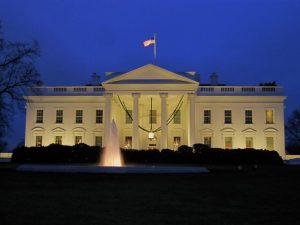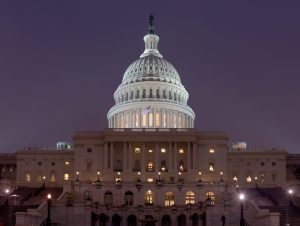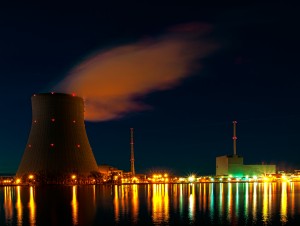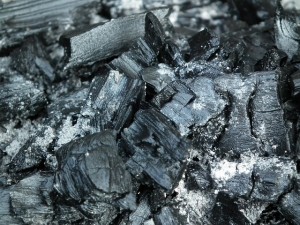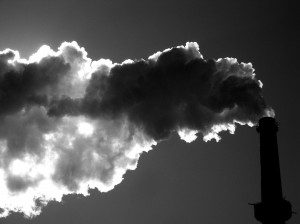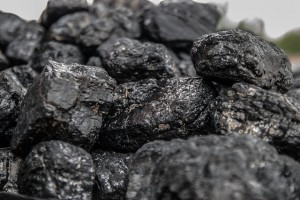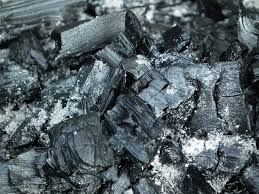56 item(s) were returned.
Associate Professor of Environmental Engineering
Rice University
President-elect Donald Trump has only vaguely defined his plans for energy policy, via his website and campaign statements and tweets. As a result, one can only speculate what changes to expect from Trump energy policies. Nevertheless, a recent report by S&P Global Platts aimed to predict how electricity will be generated under Trump energy policies. The analysis assumed Trump would allow subsidies for renewable energy to continue their scheduled scale down through 2020, and enact no new policies to support wind or solar. This is consistent with recent reporting indicating that Trump does not plan to act against renewable energy… [more]
View InsightWith the race for President ending this week, one concern expressed by some has been the lack of any substantive discussion about US energy policy. While Mr. Trump has often mentioned reviving the coal industry as part of a larger emphasis on policies that leverage the country’s domestic energy resources, Secretary Clinton’s campaign has said her policies will look to grow clean energy resources like wind and solar energy. But after three debates, many believe the country needs more information on this topic from both candidates for President. A recent debate (video here) however between campaign advisors for Mr. Trump… [more]
View InsightJ.C. Ward Jr. Professor of Nuclear Energy Engineering
Cornell University
“Sustainable future” advocates seem to believe that solar, wind and hydro-electricity will eventually make up close to 100% of our energy generation, but there are benefits to having “central station” power plants in addition to distributed power generation. If the goal is to reduce greenhouse gas (GHG) emissions while assuring the health of our economy, the most viable way of generating central station power at present is nuclear fission. Central station power complements distributive power generation in two important ways. Central station power plants are better able produce power on a small area relatively close to where the energy will… [more]
View InsightEditor
Bloomberg's First Word Energy
After years of discussion and delay, the Environmental Protection Agency (EPA) is set to finalize ozone standards in the coming weeks. It’s a rule long in the making: EPA’s decision during the Bush administration to set the standard at 75 parts per billion was challenged in court by health and environmental organizations as insufficient. At the beginning of the Obama administration, the EPA said it would reconsider the standard, but that initiative was tossed out by President Obama in the lead up to 2012 election. The move summed up the discord between the president and environmentalists in his first term.… [more]
View InsightChair, Energy & Commerce Subcommittee on Environment & Climate Change, U.S. House of Representatives
Co-Chair, Sustainable Energy & Environment Coalition
Recently, House Republicans passed H.R. 1734, the so called Improving Coal Combustion Residuals Regulation Act of 2015, a direct attack on public health and the environment. This bill undermines important health protections in EPA’s final coal ash rule from last December by delaying implementation of coal ash disposal restrictions, letting utilities avoid publicly posting contamination data and allowing companies to continue dumping coal ash into leaking surface impounds for as many as eight years after contamination is documented. It enables harmful substances to remain in contact with aquifers, wetlands, and in seismic impact zones with serious implications for cleanup requirements,… [more]
View InsightMember
U.S. House of Representatives
Climate change is a threat to our environment and our economy, and we cannot afford the risk of inaction. With our free market economy, the best solution is a simple, transparent tax on carbon that unleashes the power of the market and enables America to lead the way toward a new, clean energy economy. Importantly, a carbon tax produces revenues that can be used to help American businesses and families. But there are many options for how to use these revenues. Critics of carbon taxes frequently cite slower economic growth, increasing taxes on the poor, and hurting coal workers as… [more]
View InsightEditor
Bloomberg's First Word Energy
Coal can’t get much love. Cheap natural gas and a bevy of EPA regulations are conspiring to force old coal plants to close and pushing U.S. production down to less than one billion short tons, near a two-decade low. While low-cost production in Wyoming and Illinois has been able to hold steady, the legacy mines of Appalachia face devastating losses in production and jobs. Meanwhile, projects that were supposed to demonstrate a future for coal in a carbon-constrained world are struggling or dead. The Obama administration pulled the plug on the FutureGen clean coal project this month. Another similar project… [more]
View InsightOn December 22, 2008, a disposal cell at the TVA Kingston Fossil Plant ruptured, releasing an estimated 5.4 million cubic yards of fly ash in eastern Tennessee. Fly ash is one of a variety of coal combustion residuals (CCR), collectively referred to as coal ash and stored in more than 500 disposal facilities across the country. The Kingston spill prompted an EPA effort to reassess how coal ash is regulated. In the initial rule proposal, two different options for regulating coal ash were included, under the Resource Conservation and Recovery Act (RCRA), which regulates solid waste. The central question was… [more]
View InsightChief Executive Officer
National Coal Council
The existing fleet of coal-fired power plants is critical to the economic prosperity of the U.S. As the leading provider of U.S. electricity generation (at 39%), low cost coal keeps electricity prices below those of other free market nations and provides a competitive edge for U.S industry. In addition, the “Polar Vortex” weather events of January and February 2014 demonstrated the contribution of the existing coal fleet to the reliability of the U.S. electricity grid. After limited natural gas resources were diverted from electricity production to residential heating needs, coal-fired power plants made up the difference. Nationwide, over 90% of… [more]
View InsightMember
U.S. House of Representatives
As Chairman of the House Subcommittee on Energy and Power, I’m continuing the fight against President Obama’s Environmental Protection Agency’s (EPA) overregulation of our nation’s power plants without any regard to the consequences for our economy and consumers. This week, the EPA is expected to release its proposed rule regulating carbon dioxide emissions from existing and modified electricity power plants. This effort is certain to result in a de facto cap and trade program, which Congress most recently rejected in 2009. This regulation follows the proposed rule on new power plants, which essentially makes it illegal to build a power… [more]
View Insight